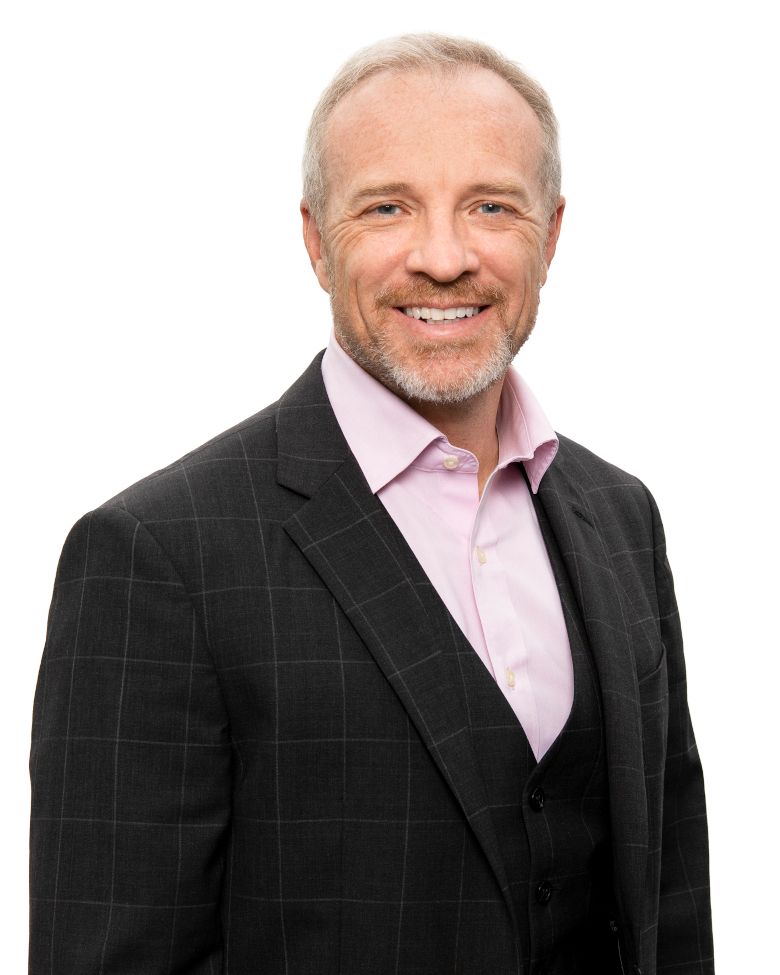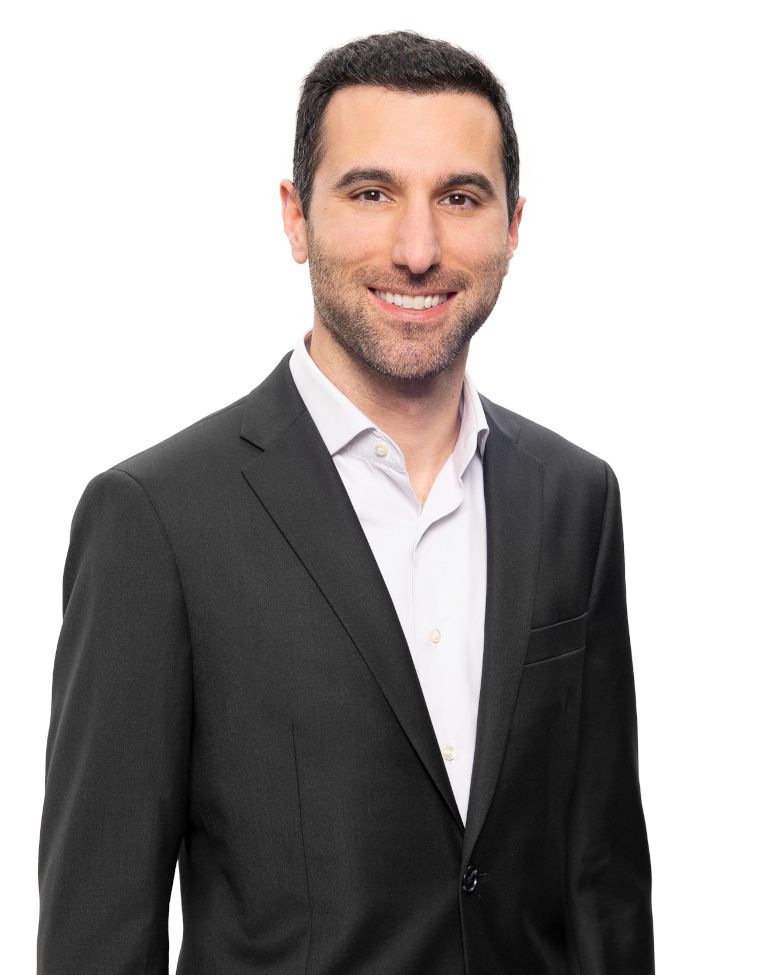Understanding and addressing healthcare inequity in the United States
Healthcare inequity is a deeply entrenched problem within the United States, disproportionately affecting minority populations. It is an issue that has spurred extensive research and is central to discussions about healthcare policy and programs. It was a priority topic during Executive Insight’s Healthcare Improvement Trailblazers (HIT) summit held in Washington DC in June 2023.

As numerous reports highlight, patients impacted by health inequity often face systemic disparities including environmental, housing and social inequalities. Referred to as the social determinants of health (SDoH), these result in reduced life expectations for patients living with highly treatable conditions. According to The Commonwealth Fund, disparities are especially severe for Black, American Indian and Alaska Native (AIAN) people, which are made worse by lack of access to good, affordable healthcare options.
How health inequity manifests
There are many ways in which inequity manifests within healthcare. One is in the selection of patients for clinical trial participation, where low representation of underserved populations means researchers lack the necessary efficacy and safety data for a real-world population. This in turn makes it harder to address the disparity in health outcomes.
For example, analysis of data from more than 1,000 oncology trials carried out over 13 years observed that non-Hispanic whites were far more likely to be enrolled in clinical trials, comprising 83.4% of participants, compared with African American or Black participants (5.9%), Asian/Pacific Islanders (5.3%), Hispanic participants (2.6%) or American Indian/Alaskan Native participants (0.3%).
Another issue that has been found to impact health equity is lack of diversity among healthcare professionals. Black and Hispanic patients are less likely to be the same race as their healthcare providers than white patients are, reports find. This can undermine trust in the healthcare provider and further impact the health outcomes of underserved populations.
Mistrust in the healthcare system and particularly in the pharmaceutical industry is also pervasive within underrepresented populations. A study designed by Genentech found that more than half (54%) of disenfranchised patients feel the system is rigged against them. Participants who defined themselves as disenfranchised included Black, Latin/Hispanic, LGBTQ+ and people from disadvantaged socio-economic backgrounds.
The socio-economic disadvantages that result in unequal access to healthcare remain deeply problematic, creating significant racial and ethnic disparities and resulting in high healthcare costs as well as lost productivity, studies have found.
Understanding health equity factors
Many different factors affect health equity at a policy, societal and individual level.
On a macro level, outcomes are impacted by public health policy, resources, health insurance, and the diversity of the healthcare workforce, among other factors. On a meso level, health equity is affected by social determinants, including socio-economic factors, housing and environment. On a micro or downstream level, there are the direct drivers of health inequity, such as access to healthcare and interventions to treat chronic disease.
For underserved populations, all these factors will be key to improving outcomes and will require a commitment by all stakeholders to work together to fix the problem – both from a top-down approach, such as enacting policies to address SDoHs and healthcare access, and a bottom-up approach, initiating programs within communities to drive better healthcare outcomes.
Addressing the problem of health inequity
Given these multi-faceted challenges, how can the broader healthcare community best tackle inequity?
The following examples highlight some best practices and collaborations underway in the US by public organizations, industry and other stakeholders.
Enhancing equity with the FDA
In response to the problem that lack of diversity in clinical trials presents, the US Food and Drug Administration (FDA) established the Office of Minority Health and Health Equity and tasked it with a key set of objectives, including:
- Understanding the barriers to trial enrolment for underrepresented populations
- Focusing on improved data collection and data quality for those populations
- Considering ways (training, education, communication methods) to drive greater diversity in clinical trial enrolment
- Providing more training for researchers from underrepresented populations, a key step given the importance of building diversity to improve outcomes
Building inclusion through an NIH initiative
Health equity is at the center of the All of Us Research Program, a large, multi-year program overseen by the National Institutes of Health (NIH). All of Us is building a database to gather data on thousands of health conditions from a diverse group of patients, with a particular focus on groups underrepresented in medical research. Deidentified data will be available to approved researchers with the goal of improving knowledge about risk factors, patient-specific treatments and connecting patients of all backgrounds with the right clinical trial for their needs.
Pharma-focused initiatives
The pharmaceutical industry is deeply aware of the broader problems that health inequity presents, not just in terms of clinical trial diversity but across the entire care pathway. Many companies are establishing functions and embedding health equity into their health improvement strategies. These include:
- Pfizer’s Institute of Translational Equitable Medicine (ITEM) focuses on identifying root causes of health disparities and addressing & preventing disease drivers that disproportionately impact underrepresented and underserved populations globally. This vision is achieved through partnerships and a clear focus on three key dimensions, namely research, development and patient care, building a translational bench-to-bedside approach.
- Eli Lilly’s Skin of Color program, which seeks to respond to the needs of diverse patients with dermatological diseases. Three areas of focus were identified, including investment in research to better understand the clinical management of dermatologic diseases and ensure diverse clinical trial participation; giving healthcare professionals the education and tools they need to better support people with Skin of Color and enhance trust between providers and patients; and empowering patients through partnerships so they can ensure their needs are heard.
- Fade out HIV, a collaborative program sponsored by Gilead Sciences, designed to support HIV screening, prevention and treatment within the Black community. The program reached out to barbers and their clients in Black neighborhoods, as well as clinicians in surrounding areas. The objective was to support conversations about HIV risks, prevention and treatment, provide testing for at-risk people and educate clinicians about prevention and treatment.
Improving health equity through collaboration
Given the multi-factorial nature of health inequity, any program and solution must be considered holistically, as part of a broader health improvement strategy bringing together different stakeholders and prioritized within the organization.
This is an approach Executive Insight has adopted through our HIT community, which brings together diverse stakeholder groups from across healthcare to discuss what is and what is not working in the US healthcare system, including health equity concerns. These stakeholders include representatives from US health systems, pharmaceutical companies, patient advocacy groups, medical societies, education providers and policy and payer representatives.
During our last HIT summit, this cross-section of stakeholders identified several key recommendations and actions to tackle health inequity. These included:
- Developing an open-source information hub to collate health equity challenges, ongoing initiatives and their outcomes
- Calling for the establishment of a health equity innovation challenge and funding the most innovative ideas
- Finding new ways to deliver insights and information that will reach underserved communities, as was achieved by working with barbers in the Fade out HIV program.
Additionally, Executive Insight helps pharmaceutical companies integrate health equity into healthcare improvement programs by assessing the environment, identifying gaps and proposing tangible solutions. In so doing, we are helping our pharmaceutical clients to elevate this crucial issue into everything they do in order to improve health equity across the system.
Executive Insight is excited to announce our new US office, which will open in January 2025 in New York City. Please join us at our next HIT Community Forum beginning of 2025, or at our next HIT Summit, to be held in Washington DC in June 2025. Or simply contact us to learn more about how we support the US healthcare market, including how we help companies build health equity initiatives, and to find out more about the next HIT community activities!











